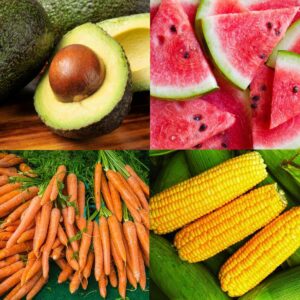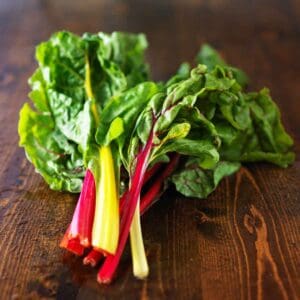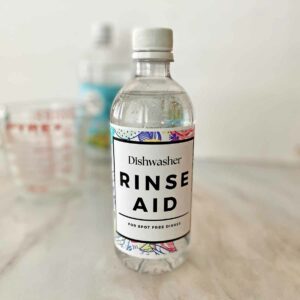Have you heard about The Dirty Dozen Foods? It’s an annual list released by the Environmental Working Group (EWG) of the twelve fruits and veggies in the United States containing the highest amounts of detectable pesticide residues.
Prolonged exposure to pesticides has been linked to an increased risk of cancer, reproductive problems, low birth weight in babies and developmental issues in children. Plus, these toxic chemicals can contaminate soil and water, and can harm beneficial insects, birds, and other wildlife.
“Some of the USDA’s tests show traces of pesticides long since banned by the Environmental Protection Agency,” the report reads. “Much stricter federal regulation and oversight of these chemicals is needed.”
We think it’s a good idea to reduce our exposure to these chemicals by choosing organic vegetables and fruits whenever possible at the grocery store or farmer’s market. We believe fresh organic foods grown without synthetic pesticides are a safer choice for both our health and the environment.
Do you agree? Then let’s dive in to the twelve foods on this year’s list!
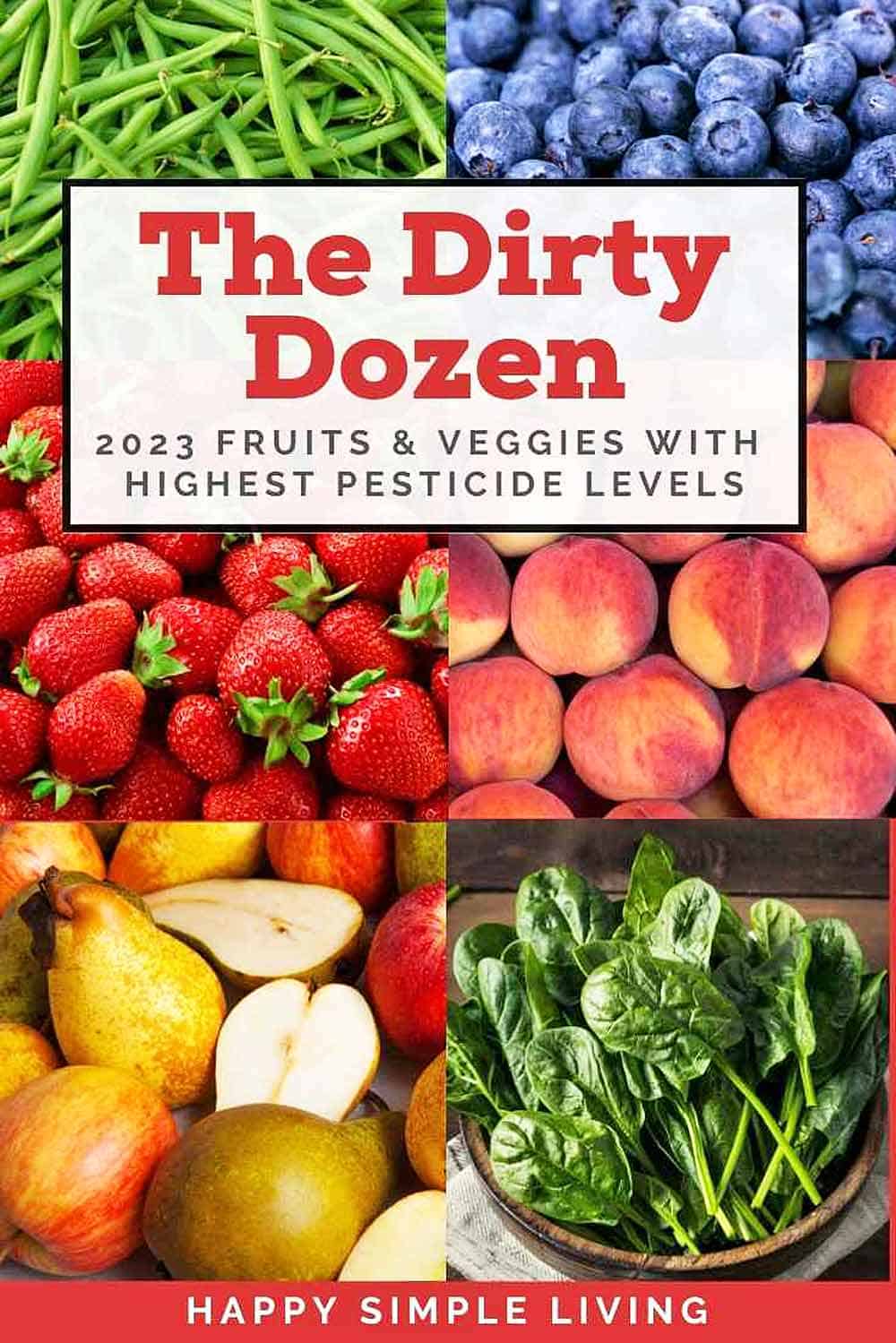
This post may contain affiliate links. Please read our disclosure policy.
In order starting with the worst, here are the Dirty Dozen foods 2023:
1. Strawberries
They look so beautiful at the store, but strawberries continue to top the list of the Dirty Dozen Foods for 2023. According to testing data from the US Department of Agriculture (USDA), non-organic strawberries had the highest amount of pesticide residue of any fruit or vegetable.
The findings of this report highlight the potential risk of consuming nonorganic strawberries, which can contain many different pesticides, some of which have been linked to health risks such as cancer, hormone dysfunction, neurological problems, and an increased risk of birth defects.
2. Spinach
Spinach takes second place on the Dirty Dozen list for 2023. Like strawberries, spinach also contains a high dose of these chemicals, which can potentially harm human health.
While spinach is a very nutritious leafy green, you may wish to choose organic spinach to reduce exposure to harmful pesticides.
3. Kale
Kale, collard and mustard greens are highly nutritious leafy greens that also happen to contain the largest number of different pesticides – 103 in total!
4. Peaches
Peaches come in at number four on the 2023 Dirty Dozen list. Like nectarines, peaches are a stone fruit that can contain many different pesticides. By choosing organic peaches, we can reduce our exposure to these potentially harmful chemicals.
5. Pears
We love fresh, ripe pears, but conventionally grown fruits can also contain traces of numerous pesticides and different pest killers.
6. Nectarines
The smooth-skinned cousin of peaches, nectarines take the sixth spot on the Dirty Dozen list for 2023. These delicious stone fruits are a summertime favorite, but they can also contain many different pesticides.
7. Apples
An apple a day might not keep the doctor away if it’s conventionally grown. Apples have been a mainstay on the Dirty Dozen foods list for many years, and 2023 is no exception.
While apples are generally a very healthy fruit, they can also contain high levels of pesticide residue.
8. Grapes
We think grapes are great, but they’re another fruit that can contain worrisome traces of pesticides. According to the EWG, grapes are often sprayed with multiple chemicals during the growing season, which can lead to high levels of pesticide residue.
9. Bell Peppers and Hot Peppers
Colorful peppers are a great source of vitamins and minerals, but they can also contain concerning levels of pesticides.
According to the EWG, nonorganic bell peppers can be treated with up to 115 different pesticides. Choosing organic bell peppers is the safest option for those who want to enjoy these nutritious vegetables.
10. Cherries
Life is a bowl of cherries, unless they contain high levels of pesticide residue. According to the EWG, nonorganic cherries are often treated with multiple pesticides which can lead to potential health risks.
11. Blueberries
Blueberries are a “berry” popular and nutritious fruit, but unfortunately, they’re also commonly treated with pesticides.
In fact, according to the EWG, blueberries are often treated with up to 50 different pesticides. Choosing organic blueberries is the best way to avoid exposure to these harmful chemicals.
12. Green Beans
Fiber-rich green beans round out the Dirty Dozen list for 2023. While these nutritious legumes are a great source of vitamins and minerals, nonorganic green beans can be treated with up to 60 different pesticides.
Washing the beans (see our tips below) can help remove some of the pesticide residue, but choosing organic green beans is still the safest option.
How to Wash Fresh Produce
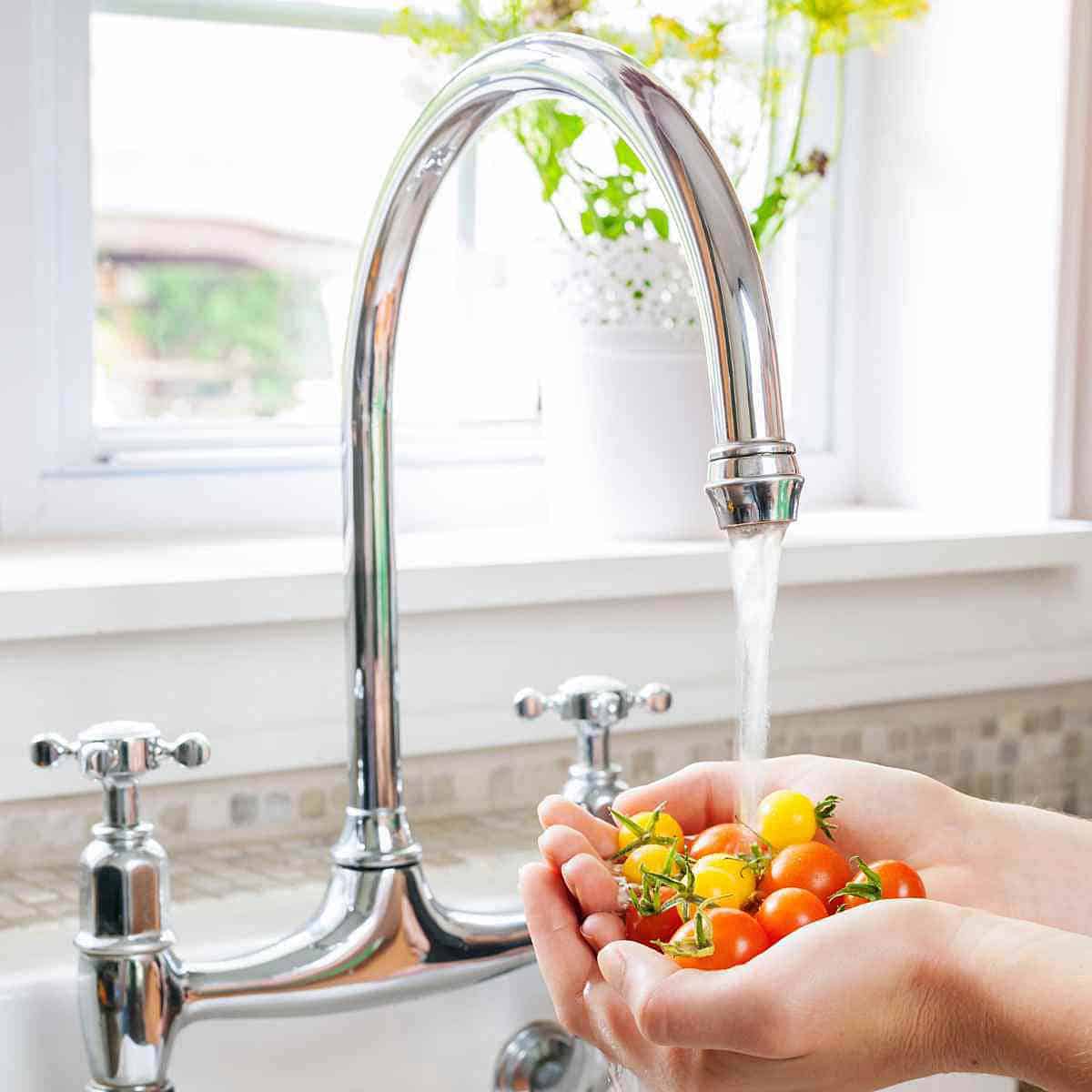
By taking the time to wash our produce properly, we can help lessen our exposure to harmful chemicals. Here are some tips:
First, rinse your produce under cool running water. This can help to remove any dirt or debris on the surface.
Next, consider using a produce brush to scrub fruits and vegetables. Use a stiffer vegetable brush for produce that has tougher skin, like potatoes, bell peppers or cucumbers, and try a softer silicone brush for delicate fruits like pears or peaches. Gently scrub the surface with the brush to remove any remaining dirt or residue.
Soak leafy greens, like lettuce or spinach, in a bowl of cool water for a few minutes. This can help to loosen any dirt or residue that may be clinging to the leaves. Gently shake dry and drain on towels, or dry using a salad spinner.
While washing fruits, veggies and greens can help to remove some of the pesticide residue, it’s important to note that it may not eliminate all of it. That’s why choosing organic produce is usually the best way to reduce exposure to harmful pesticides.
The Clean Fifteen
While the Dirty Dozen shopper’s guide can be discouraging, there is also good news for concerned consumers. The EWG also releases a Clean Fifteen list, which highlights a list of crops for the fruits and vegetables with the lowest amount of detectable pesticide levels.
These include favorites like avocados, honeydew melon, pineapples, sweet potatoes, and sweet peas (frozen).
By choosing organic versions of the most contaminated crops on the Dirty Dozen list and the non-organic fresh produce on the Clean Fifteen list, we can enjoy an overall reduction in pesticide exposure while still eating a wide variety of fruits and vegetables.
How about you? Are you surprised by any of the foods on this year’s list? Drop a comment below!
P.S. You might also enjoy the Dirty Dozen web story, which includes a list you can screenshot.
About Eliza Cross
Eliza Cross is the author of 17 books, including Small Bites and 101 Things To Do With Bacon. She shares ideas to simplify cooking, gardening, time and money. She is also the owner of Cross Media, Inc. and founder of the BENSA Bacon Lovers Society.

